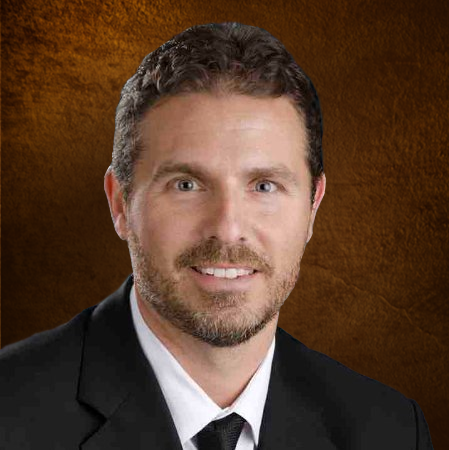As you know, we have a great deal of experience manufacturing and delivering a wide range of spill kits designed for nearly every type of spill. This includes kits designed for general purpose, chemical, oil only, and hazardous materials spills.
Here’s what we feel are the key aspects of a spill kit designed to address oil spills.
Location
 The first thing to consider is where the spill kit will be located. Will it be placed at a strategic location within your facilities? Or, will it be packed in a truck either for mopping up spills on the road or ready for transportation to the spill location? It may also be on a dock or boat for taking care of marine spills.
The first thing to consider is where the spill kit will be located. Will it be placed at a strategic location within your facilities? Or, will it be packed in a truck either for mopping up spills on the road or ready for transportation to the spill location? It may also be on a dock or boat for taking care of marine spills.
Size
Once you have zeroed in on the location, you’ll have a better idea of the size that can be supported. For example, you’ll only be able to provide a small kit to ride in a truck for any emergencies. But, in a plant, you can build a much larger kit.
The size of the kit will also depend on the expected size of the oil spill. The larger the potential spill, the larger you’ll need to build your kit. That can be determined as part of your SPCC planning process.
To address a wide variety of size and location requirements, we offer lightweight bagged kits, medium-sized container kits, large overpack kits, and larger mobile cart kits. Our flack pack spill kits may also be just the ticket.
Contents
The contents of the kit will be driven by the type of spill. In this case, we’re looking specifically at oil spills.
The kit packing needs to consider the order you’ll be using the materials. This means that emergency procedures and any signage should be either nearby or at the top of the kit. That should be followed by the required protective gear, then clean up materials, followed by disposal materials. Given that framework, here’s a starting point for your checklist.
- Procedures and signage.
- Safety goggles/mask, gloves, booties, and apron or suit if needed.
- Tools needed from dust pan and brush to more specialized items.
- Absorbent materials including: pads, socks, pillows, rugs, shammy towels.
- Disposal items including plastic bags and buckets.
That’s just a starting point for developing and packing up your own spill kits. But we’ve already done the work for you with our full line of spill kits. This line includes our Spilltration™ kits including our Spillver Bullet™, the spill kit on a roll.
Want to Learn More?
We’d be delighted to discuss how we can help with your spill kits. Use our contact page, or call us at 888-653-7509.

